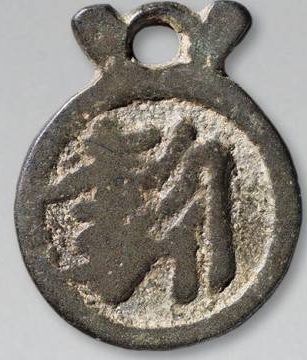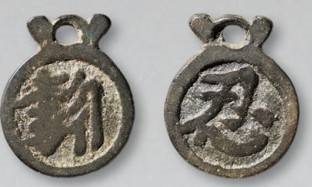BabelStone Blog
Friday, 27 November 2020
Tangut Paizi
This is a catalogue of bronze official passes (Chinese 牌子 páizi) dating from the Western Xia (1038–1227) with inscriptions in the Tangut script and language. Dù Jiànlù 杜建录 (2012) records a total of 19 examples of paizi with Tangut inscriptions in museum or other institutional ownership in China, but there may appear to be a larger number than this because many museums in China display modern copies without indicating that they are copies. In addition, the internet is flooded with modern fakes.
Display of Replica Western Xia Tangut Paizi at the Old Xixia Museum in Yinchuan
BabelStone 🅭🅯🄎
A. Edict to Burn the Horses Pass
This type of paizi consists of two interlocking bronze plates. The Tangut text 𗿢𗯼𘆝𗪊 [źụ² ndźi̯a¹ ri̯ẹ¹ mbi¹] (edict; to burn; horse; pass, token) meaning "edict to burn the horses pass" (normally translated into Chinese as 敕燃馬牌 chì ránmǎ pái) is engraved with overlapping strokes inlaid in silver on the facing side of the back plate, and when closed it is covered by the front plate, which has a geometric design inlaid in silver. The single seal script Tangut character 𗿢 "edict" (Chinese 敕 chì) is inlaid in gold at the bottom of the back plate (almost impossible to make out in the photograph below), and at the top of the front plate. The text indicates that the carrier of this paizi should ride urgently ("burn up the horses") to deliver the accompanying message, which would presumably have been written on paper and inserted between the two plates. This is a very fine, high status item, and would have been issued personally by the emperor. Two genuine examples are known in museum collections, but modern copies or replicas may also be found on display in other museums in China. Moreover, reproductions sold in museum shops may be passed off as genuine on the internet.
| Reference | Image | Notes |
|---|---|---|
|
National Museum China, Beijing 中國國家博物館 B52-001 TMC20 pp. 73–74 |
On display at the National Museum of China Back plate: BabelStone 🅭🅯🄎 Front plate: BabelStone 🅭🅯🄎 |
Width: 15.0 cm Height: 18.2 cm Inscription: 𗿢𗯼𘆝𗪊 [źụ² ndźi̯a¹ ri̯ẹ¹ mbi¹] edict to burn the horses pass (敕燃馬牌) |
|
Xi'an Cultural Relics Bureau 西安市文物局 S72-001 TMC20 p. 75 |
TMC20 p. 75 |
Width: 14.7 cm Inscription: 𗿢𗯼𘆝𗪊 [źụ² ndźi̯a¹ ri̯ẹ¹ mbi¹] edict to burn the horses pass (敕燃馬牌) |
When I visited the old Xixia Museum at the Western Xia Royal Tombs in August 2016, there was a display of twelve Western Xia bronze paizi with Tangut inscriptions (see photograph above), but no details or provenance were given for any of the items. I believe that they are all modern replicas. The display included the two sets of "edict to burn the horses passes" shown below, but they appear to be very crude copies of the genuine items.
Copies of Edict to Burn the Horses Passes at the Old Xixia Museum in Yinchuan
BabelStone 🅭🅯🄎
Modern single-piece version of Edict to Burn the Horses Pass
This is probably a product designed for the tourist market
B. Guard the Exterior and Await Orders
This type of paizi consists of a single round or pear-shaped bronze plate with a loop on top, designed to be hung from the waist, and so known as a "waist paizi" (腰牌 yāopái). The text 𗬳𗓑𘒩𗭻 [pei¹ ꞏwại² ndzi̯u¹ li̯e²] (exterior; to guard; instruction, order; to wait) meaning "guard the exterior and await orders" is engraved on the front, and the name of the holder is engraved in the back. The Tangut characters are often roughly carved onto the bronze surface, and can be difficult to identify because they are not formed carefully or accurately. The main Tangut inscription is normally translated into Chinese as 防守待命 "defend and await orders", although the primary meaning of the first Tangut character (𗬳) is "exterior, outside", contrasting with 𗪒 'interior' at the start of the Type C inscription.
One example (B32-002) only has a name inscribed on one side, and the expected text 𗬳𗓑𘒩𗭻 "guard the exterior and await orders" has not been engraved for some reason.
An example in the collection of Goh Yu Loong has a four-character inscription on both sides, but does not include the standard phrase "guard the exterior and await orders", although the poorly-preserved first two characters on one side could possibly be 𗬳𗓑 "guard the exterior", followed by the two clear characters 𗪨𘝾 (transliterations of the Chinese family names Mèng 孟 and Lǐ 李). The other side should give the name of the person holding the paizi, but the first two characters seem to be the word 𘃶𘅆 "to grind", followed by two unidentified characters, so the meaning of the inscription is obscure.
| Reference | Image | Notes |
|---|---|---|
|
National Museum China, Beijing 中國國家博物館 B52-002 TMC20 p. 76 |
National Museum of China (back) Waist Warrant in Western Xia Language Copy on display at the Inner Mongolia Museum in Hohhot [内蒙古博物院] (back) |
Width: 5.3 cm Height: 6.8 cm Front: 𗬳𗓑𘒩𗭻 [pei¹ ꞏwại² ndzi̯u¹ li̯e²] guard the exterior and await orders (防守待命) Back (name): 𗼞・𘁞𗷭𗥝 [kon² ꞏwə² kên¹ ndu¹] (管・兀金奴) |
|
National Museum China, Beijing 中國國家博物館 B52-003 TMC20 p. 76 |
On display at the National Museum of China (back) BabelStone 🅭🅯🄎 Copy on display at the Inner Mongolia Museum in Hohhot [内蒙古博物院] (back) Copy on display at the old Xixia Museum in Yinchuan [西夏博物馆] (back) BabelStone 🅭🅯🄎 |
Width: 4.5 cm Front: 𗬳𗓑𘒩𗭻 [pei¹ ꞏwại² ndzi̯u¹ li̯e²] guard the exterior and await orders (防守待命) Back (name): 𗣆𘀄・𘏨𘎧 [tsha² ngi̯u² ldi̯ə̣¹ wa¹] (千玉・寶訛) |
|
Shaanxi Museum, Xi'an 陝西省博物館 S12-001 TMC20 p. 77 |
On display at Shaanxi Museum (front) |
Width: 5.6 cm Front: 𗬳𗓑𘒩𗭻 [pei¹ ꞏwại² ndzi̯u¹ li̯e²] guard the exterior and await orders (防守待命) Back (name): ??𗘂 [? ? khwɪ¹] (千叔犬) |
|
Northwest Normal University, Lanzhou 西北師範大學 G82-001 TMC20 p. 77 |
TMC20 p. 77 Copy on display at the old Xixia Museum in Yinchuan [西夏博物馆] (back) BabelStone 🅭🅯🄎 |
Width: 5.2 cm Front: 𗬳𗓑𘒩𗭻 [pei¹ ꞏwại² ndzi̯u¹ li̯e²] guard the exterior and await orders (防守待命) Back (name): 𘑲・𗵒𗰔 [tśi̯on¹ kẹi¹ ꞏi̯eɯ²] (張・金有) |
|
Musée Guimet, Paris MG17619 MNAAG p. 354 |
Front Back |
Width: 5.0 cm Height: 6.5 cm Front: 𗬳𗓑𘒩𗭻 [pei¹ ꞏwại² ndzi̯u¹ li̯e²] guard the exterior and await orders (防守待命) Back (name):[Note 1] 𘈫・𗹏𗘦𗵒 [ꞏu² ndon¹ ndźɪn¹ kẹi¹] (武・那征金) |
|
Palace Museum, Beijing 故宫博物院 B32-002 TMC20 p. 82 |
TMC20 p. 82 Copy on display at the old Xixia Museum in Yinchuan [西夏博物馆] (back) BabelStone 🅭🅯🄎 |
Width: 5.3 cm Plain front Back (name): 𘛯𗪉・𗫉𗰔 [ngu¹ źi̯ại¹ mbâi¹ ꞏi̯eɯ²] (吴𠼪・樂有) |
|
Collection of Goh Yu Loong |
Photographs courtesy of Andrey Shakhman |
Width: 5.2 cm Height 6.7 cm Weight 50.2g Front: □□𗪨𘝾 [? ? mêi² li̯e²] (□□孟李) Back: 𘃶𘅆□□ [si̯wo² swɪn¹ ? ?] |
Some of the three pieces shown below which were on display at the Old Xixia Museum in Yinchuan in 2016 are probably copies of paizi listed above, but I am not sure which ones they correspond to.
Copies of Western Xia Round Paizi at the Old Xixia Museum in Yinchuan
|
These four characters should be a name, but their reading is uncertain. |
|
This seems to read 𘕨?𗵑, although this is not an obvious name, and does not match any of the Chinese transcriptions of names on round paizi. |
|
This reads 𘒩𗭻𗬳𗓑 (待命防守) with unusual writing order. |
BabelStone 🅭🅯🄎
Zeno 150280 appears to be a fake, with the four-character Tangut inscription 𘛯𗪉𗫉𗰔 (吴𠼪樂有) on one side copied from B32-002 (above), and the single Tangut character 𘁂 (耶) inscribed on the other side copied from B92-002 (see Type E below).
C. Stay Indoors and Await Orders
This type of paizi consists of a single rectangular bronze plate with a wavy bottom edge and a loop on top, designed to be hung from the waist, and so known as a "waist paizi" (腰牌 yāopái). The text 𗪒𗽷𘒩𗭻 [kụ² ꞏi̯ạ² ndzi̯u¹ li̯e²] (interior; room, to lodge; instruction, order; to wait) meaning "stay indoors and await orders" (normally translated into Chinese as 内宿待命) is engraved on the front, and the name of the holder is engraved in the back. The Chinese-Tangut glossary Pearl in the Palm records a Department of Interior Rooms (𗪒𗽷𗅂 [kụ² ꞏi̯ạ² ri̯ạ¹] = 内宿司 nèi sù sī), which may be related.
| Reference | Image | Notes |
|---|---|---|
|
Palace Museum, Beijing 故宫博物院 B32-001 TMC20 p. 78 |
TMC20 p. 78 |
Width: 3.5 cm Height: 5.0 cm Front: 𗪒𗽷𘒩𗭻 [kụ² ꞏi̯ạ² ndzi̯u¹ li̯e²] stay indoors and await orders (内宿待命) Back (name): (𗴟)(𘎑)(𘄄) [pa¹ źi̯a² źi¹] (巴若南) |
|
Chinese Academy of Social Sciences Institute of Nationality Studies, Beijing 中國社會科學院民族研究所 B82-001 TMC20 p. 79 |
TMC20 p. 79 |
Width: 4.0 cm Height: 5.5 cm Front: 𗪒𗽷𘒩𗭻 [kụ² ꞏi̯ạ² ndzi̯u¹ li̯e²] stay indoors and await orders (内宿待命) Back (name): (𗳩)□・□(𘟪) [ꞏo¹ ? ? śi̯on¹] (訛□・□鐵) |
|
The Cultural Palace of Nationalities, Beijing 北京民族文化宫 B92-001 TMC20 p. 79 |
TMC20 p. 79 |
Width: 4.0 cm Height: 5.5 cm Front: 𗪒𗽷𘒩𗭻 [kụ² ꞏi̯ạ² ndzi̯u¹ li̯e²] stay indoors and await orders (内宿待命) Back (Buddhst syllable): 𗦀 [hūm] (吽) |
|
Ningxia Museum, Yinchuan 寧夏博物館 N12-001 TMC20 p. 80 |
TMC20 p. 80 |
Width: 4.2 cm Height: 7.0 cm Front: 𗪒𗽷𘒩𗭻 [kụ² ꞏi̯ạ² ndzi̯u¹ li̯e²] stay indoors and await orders (内宿待命) Plain back |
|
Guyuan Museum, Ningxia 寧夏固原博物館 N112-001 TMC20 p. 80 |
TMC20 p. 80 |
Width: 4.0 cm Height: 6.8 cm Front: 𗪒𗽷𘒩𗭻 [kụ² ꞏi̯ạ² ndzi̯u¹ li̯e²] stay indoors and await orders (内宿待命) Back (name): 𗑫𘔒・𗰗𗼑? [mbə¹ nɪn² ꞏạ² lhi̯ẹi² ?] (波年・十月山) |
|
Longde Cultural Relics Office, Ningxia 寧夏隆德縣文物管理所 N122-001 TMC20 p. 81 |
TMC20 p. 81 |
Width: 4.0 cm Height: 6.6 cm Front: 𗪒𗽷𘒩𗭻 [kụ² ꞏi̯ạ² ndzi̯u¹ li̯e²] stay indoors and await orders (内宿待命) Back (name): ????? [? ? ? ? ?] |
|
Musée Guimet, Paris MG17617 MNAAG p. 352 |
Front Back |
Width: 4.0 cm Height: 6.7 cm Front: 𗪒𗽷𘒩𗭻 [kụ² ꞏi̯ạ² ndzi̯u¹ li̯e²] stay indoors and await orders (内宿待命) Back (name): 𗼨𗆟・𗃞𗗿𘏨 [ngwe² mi¹ kə¹ ta¹ ldi̯ə̣¹] (嵬名・小犬寶) |
|
Musée Guimet, Paris MG17618 MNAAG p. 353 |
Front Back |
Width: 4.0 cm Height: 7.0 cm Front: 𗪒𗽷𘒩𗭻 [kụ² ꞏi̯ạ² ndzi̯u¹ li̯e²] stay indoors and await orders (内宿待命) Back (name):[Note 2] 𗰰・𗹏𗘦𘀄 [ki̯wẹ² ndon¹ ndźɪn¹ ngi̯u²] (紀・那征吉) |
|
|
Front Back |
Width: 4.3 cm Height: 7.1 cm Front: 𗪒𗽷𘒩𗭻 [kụ² ꞏi̯ạ² ndzi̯u¹ li̯e²] stay indoors and await orders (内宿待命) Back (name): 𘀏𗨫・𗼩𘖃□ [pu¹ ꞏu² ꞏạ² wạ² ?] (薄吾・夏娃□) |
The pieces shown below that were on display at the Old Xixia Museum in Yinchuan in 2016 are probably copies of two of the paizi listed above, but I am not sure which ones they correspond to.
Copies of Western Xia Waist Paizi at the Old Xixia Museum in Yinchuan
BabelStone 🅭🅯🄎
The waist paizi shown below is on display at the National Museum of Chinese Writing (中國文字博物館) in Anyang, but I think it is unlikely to be genuine. The four Tangut characters are translated as 内宿待命 "stay indoors and await orders" by the museum, but the final Tangut character has been miswritten as 𗫉 [mbâi¹] "pleasure" or 𗨍 [xwâ¹] "flower" instead of the expected character 𗭻 [li̯e²] "to wait".
Western Xia Waist Paizi at the National Museum of Chinese Writing
三猎 🅭🅯🄎
D. Sleep Behind the Door Curtain and Await Orders
This is a type of rectangular waist paizi inscribed 𗹨𘗠𘂴𗱨𘒩𗭻 [ꞏi̯e² ꞏa¹ mi̯e¹ li̯u² ndzi̯u¹ li̯e²] (tent, room, temple; door; behind; bedding, to sleep; instruction, order; to wait) which is normally translated into Chinese as 宫門後寢待命 "sleep behind the palace door and await orders". The first two characters 𗹨𘗠 [ꞏi̯e² ꞏa¹] are glossed as 門簾 ménlián "door curtain" in the Chinese-Tangut glossary Pearl in the Palm, and in the context of the paizi are taken to refer to the bed chambers of the imperial palace. Therefore, this type of paizi is assumed to have been carried by an imperial guard. Two examples of this type are recorded, one made of bronze with the inscription repeated on both sides, and one made of silver with a personal name on the back. The current location of both these examples is unknown.
| Reference | Image | Notes |
|---|---|---|
|
|
TMC20 p. 78 |
Width: 6.0 cm Height: 9.5 cm Front and Back: 𗹨𘗠𘂴𗱨𘒩𗭻 [ꞏi̯e² ꞏa¹ mi̯e¹ li̯u² ndzi̯u¹ li̯e²] sleep behind the door curtain and await orders (宫門後寢待命) |
|
ZCXWY p. 155[Note 5] |
Material: Silver Width: 5.3 cm Height: 7.5 cm Front: 𗹨𘗠𘂴𗱨𘒩𗭻 [ꞏi̯e² ꞏa¹ mi̯e¹ li̯u² ndzi̯u¹ li̯e²] sleep behind the door curtain and await orders (宫門後寢待命) Back (name): ??・?? [? ? ? ?] (樂尚・千狗) |
E. Su Iron Black
There are a number of rectangular waist paizi with one side inscribed with the Tangut name 𗫐𘟪𗰞 [su¹ śi̯on¹ ni̯a¹] "Su Iron Black)". As it is unexpected to find the same name on more than one paizi, it is possible that only one of these is genuine, and the others are fakes (I recall that Dù Jiànlù made this assertion, but I cannot find a reference at present).
| Reference | Image | Notes |
|---|---|---|
|
The Cultural Palace of Nationalities, Beijing 北京民族文化宫 B92-002 TMC20 p. 81 |
TMC20 p. 81 |
Front: 𗫐𘟪𗰞 [su¹ śi̯on¹ ni̯a¹] (蘇鐵黑) Back (Buddhist syllable): 𘁂 [ꞏa²] (耶) |
|
Palace Museum, Beijing 故宫博物院 B32-003 TMC20 p. 82 |
TMC20 p. 82 Copy on display at the old Xixia Museum in Yinchuan [西夏博物馆] (back) BabelStone 🅭🅯🄎 Copy on display at the Ningxia Museum in Yinchuan [宁夏博物馆] (back)[Note 6] BabelStone 🅭🅯🄎 |
Front: 𗫐𘟪𗰞 [su¹ śi̯on¹ ni̯a¹] (蘇鐵黑) Back (Buddhist syllable): 𗶴 [xa] (哈) |
|
National Museum China, Beijing 中國國家博物館 B52-004 TMC20 p. 83 |
TMC20 p. 83 Copy on display at the old Xixia Museum in Yinchuan [西夏博物馆] (back) BabelStone 🅭🅯🄎 |
Width: 4.2 cm Height: 7.0 cm Front: 𗫐𘟪𗰞 [su¹ śi̯on¹ ni̯a¹] (蘇鐵黑) Back: 𗡪𘐏𗖵 [tseɯ² ti̯ẹi¹ mbi̯u¹] (限置依) |
F. Arch-shaped Waist Paizi
Two rather similar arch-shaped (Chinese 馬蹄形 "horse hoof shaped") paizi are known, although the Zeno example may be a fake as the name inscribed on the back (𘛯𗫉𗰔) is almost the same as the name inscribed on B32-002 held at the Palace Museum (𘛯𗪉𗫉𗰔).
| Reference | Image | Notes |
|---|---|---|
|
Palace Museum, Beijing 故宫博物院 B32-004 TMC20 p. 83 |
TMC20 p. 83 Copy on display at the old Xixia Museum in Yinchuan [西夏博物馆] (back) BabelStone 🅭🅯🄎 |
Width: 5.5 cm Height: 7.6 cm Front: ???? [? ? ? ?] (重諸人之) Plain back |
|
Width: 4.4 cm Height: 7.5 cm Front: □□□□□□ [? ? ? ? ? ?] Back (name): 𘛯𗫉𗰔 [ngu¹ mbâi¹ ꞏi̯eɯ²] (吴樂酉) |
G. Heart-shaped Paizi
Two heart-shaped (Chinese 桃形) paizi are known, altough the Zeno example may be a fake as the inscribed text 𗗧𗡞 "thousand households" (where the word for "household" is a phonetic transcription of Chinese 家) is not attested elsewhere to my knowledge.
| Reference | Image | Notes |
|---|---|---|
|
Ningxia Museum, Yinchuan 寧夏博物館 N12-002 TMC20 p. 84 |
TMC20 p. 84 |
Width: 5.0 cm Height: 6.0 cm Front: 𗪊 [mbi¹] pass, token (牌) |
|
|
Width: 3.5 cm Height: 4.0 cm Front: 𗗧𗡞 [kâ¹ tụ¹] thousand households (千家) |
Q. Large Round Paizi
Two large round bronze paizi with a loop at the top with slit-shaped or square hole are known in institutional collections. Both pieces have Buddhist inscriptions on one side only, and are blank on the other side. The example held at the Musée Guimet is described as a possible fake in MNAAG p. 355 ("疑爲贋品") because of errors in the forms of some of the Tangut characters, but genuine pieces also often shown erroneous character forms, so I am not convinced this is a fake. However, from the Buddhist inscriptions engraved on both pieces, it is clear that these are not paizi in the strict sense. I suspect that they may both be hanging mirrors.
| Reference | Image | Notes |
|---|---|---|
|
National Museum China, Beijing 中國國家博物館 B52-005 TMC20 p. 84 |
TMC20 p. 84 Copy on display at the old Xixia Museum in Yinchuan [西夏博物馆] (back) BabelStone 🅭🅯🄎 |
Width: 8.8 cm Height: 10.8 cm Front (Buddhist text): 𗍏𗓚𘄽𗢈□ [si̯u² ma² ngạ² tsa¹ ?] sleep behind the door curtain and await orders (須摩訶薩□) Plain back |
|
Musée Guimet, Paris MG17620 MNAAG p. 355 |
Front Back |
Width: 6.5 cm Height: 8.4 cm Front: 𘜶𗣼𗾟|𘍑𘉋□𘜶𘄡|𗕑𗪉𗢳𘟛□|𗅉𗏹□□|𘍑□□ [li̯ẹ² tśhi̯a² wạ² | li̯e¹ ꞏi̯ạ¹ ? li̯ẹ² si̯ẹ² | khɪ² źi̯ại¹ tha¹ źi̯ə̣¹ ? | ni̯uo¹ ꞏi̯u² ? ? | li̯e¹ ? ?] (大德廣|連八□大智|萬移佛慧□|復常□□|連□□) Plain back |
X. Stay Indoors and Await Orders Charm
Several examples of a round bronze charm with an ornate circular loop at the top are known. On one side is the Tangut inscription 𗪒𗽷𘒩𗭻 "stay indoors and await orders" (see Type C) written LRTB around a square box, as if it were a coin inscription. On the other side is a decorative pattern that imitates that found on the top plate of the Edict to Burn the Horses Pass (see Type A). The examples I have seen appear to be cast from the same mould. These are certainly not original Western Xia items, and I would classify the type as a modern fantasy.
| Reference | Image | Notes |
|---|---|---|
|
Aichi Prefectural University (Ancient Writing Library) 愛知県立大学古代文字資料館 |
Front Back |
Width: 3.85 cm Height: 6.0 cm Front: 𗪒𗽷𘒩𗭻 [kụ² ꞏi̯ạ² ndzi̯u¹ li̯e²] stay indoors and await orders (内宿待命) |
|
Front Back |
Width: 4.1 cm Height: 6.1 cm Front: 𗪒𗽷𘒩𗭻 [kụ² ꞏi̯ạ² ndzi̯u¹ li̯e²] stay indoors and await orders (内宿待命) |
|
|
Front Back |
Width: 4.35 cm Height: 6.1 cm Front: 𗪒𗽷𘒩𗭻 [kụ² ꞏi̯ạ² ndzi̯u¹ li̯e²] stay indoors and await orders (内宿待命) |
Z. Miscellaneous Paizi
These are miscellaneous examples of bronze plates with Tangut inscriptions, but are probably not paizi in the strict sense. The example held at the Musée Guimet is described as a possible fake in MNAAG p. 356 ("疑爲贋品"), and I agree with this assessment. Not only is the calligraphy suspect, especially the miswriting of 𘜶 "big", but the date in large characters down the middle 𘜶𗣼𘉋𗤒 (大德八年) "8th year of Dade era" does not exist (Dade only lasted 5 years from 1135 to 1139). Some or all of the others shown below may also be modern fantasies or fakes.
| Reference | Image | Notes |
|---|---|---|
|
Musée Guimet, Paris MG17621 MNAAG p. 356 |
Front Back |
Width: 7.2 cm Height: 9.7 cm Front: 𘜶𗣼𘉋𗤒|𘜶𗣼𘂆𗓚|𗸰𘚢𗫦𘟛 [li̯ẹ² tśhi̯a² ꞏi̯ạ¹ ki̯eɯ¹ | li̯ẹ² tśhi̯a² tsɪ¹ ma² | ton¹ ndźi̯ə² xêɯ¹ źi̯ə̣¹] (大德八年|大德小魔|多輪習慧□) |
|
Aichi Prefectural University (Ancient Writing Library) 愛知県立大学古代文字資料館 |
Front Back |
Width: 3.6 cm Height: 6.0 cm Front: 𗹨 [ꞏi̯e²] temple (廟) Back: 𗚩𗢳𘈩 [rại² tha¹ leɯ¹] way Buddha one (道佛一) |
|
Front Front and Back |
Width: 1.7 cm Front: 𘒮 [źəɯ²] patience (忍) Back: 忍 [rěn] patience |
Notes
- MNAAG p. 354 gives the reading 𘈫𗹏𗑛𗵒, but 𗑛 [źi̯ə̣¹] would seem to be a mistake for 𗘦 [ndźɪn¹], which corresponds to the Chinese transcription 征 zhēng.
- MNAAG p. 353 gives the reading 𗰰𗹏𗑛𘀄, but 𗑛 [źi̯ə̣¹] would seem to be a mistake for 𗘦 [ndźɪn¹], which corresponds to the Chinese transcription 征 zhēng.
- Sold at Huaxia Coin Auction (华夏古泉) online auction for CNY 66,000 on 2012-09-13. Current location unknown.
- Recorded in Shǐ Jīnbō 史金波, Bái Bīn 白滨, and Wú Fēngyún 吴峰云, Xīxià Wénwù 西夏文物 (Beijing: Wenwu Chubanshe, 1988). Current location unknown.
- Recorded by Dù Jiànlù 杜建录, but with no indication of provenance or where it is currently held. No photograph is available.
- The museum label incorrectly identifies this as the paizi held at the Guyuan Museum (寧夏固原博物館) [N112-001]. I can only assume that the Guyuan paizi was removed from display for some reason, and replaced with a replica of B32-003 held at the Palace Museum in Beijing.
- Sold at auction by Beijing Googut Auction Company (北京歌德拍卖有限公司) on 2010-05-11 (Lot 0742). Current location unknown.
Bibliography
- TMC20 Tangut Manuscripts Collected in China vol. 20 《中国藏西夏文献》:金石编・印章、符牌、钱币卷. Lanzhou (兰州): Gansu People's Publishing House (甘肃人民出版社), and Dunhuang Literature and Art Publishing House (敦煌文艺出版社), 2005. ISBN 978-7-80587-877-5
- MNAAG The Tangut Manuscripts — Lotus Sutra Collected by the Guimet National Museum of Asian Art in France 《法國吉美國立亞洲藝術博物館藏西夏文獻》. Tianjin (天津): Tianjin Classics Publishing House (天津古籍出版社), 2018. ISBN 978-7-5528-0566-6
- ZCXWY Dù Jiànlù 杜建录. Zhōngguó Cáng Xīxià Wénxiàn Yánjiū 《中国藏西夏文献妍究》 [Research on Tangut documents collected in China]. Shanghai (上海): Shanghai Classics Publishing House (上海古籍出版社), 2012. ISBN 978-7-5325-6615-0
- Sato Takayasu. "Study of Messenger Passports in the Xi-Xia Dynasty". In Irina Popova (ed.), Тангуты в Центральной Азии: сборник статей в честь 80-летия проф. Е.И.Кычанова [Tanguts in Central Asia: a collection of articles marking the 80th anniversary of Prof. E. I. Kychanov] pp. 364–374. Moscow: Oriental Literature, 2012. ISBN 978-5-02-036505-6
Last modified: 2024-11-12
Index of BabelStone Blog Posts

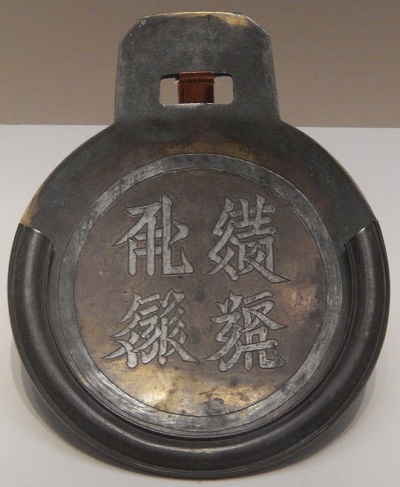
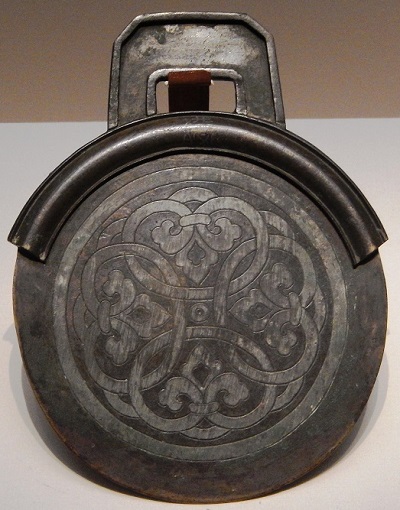
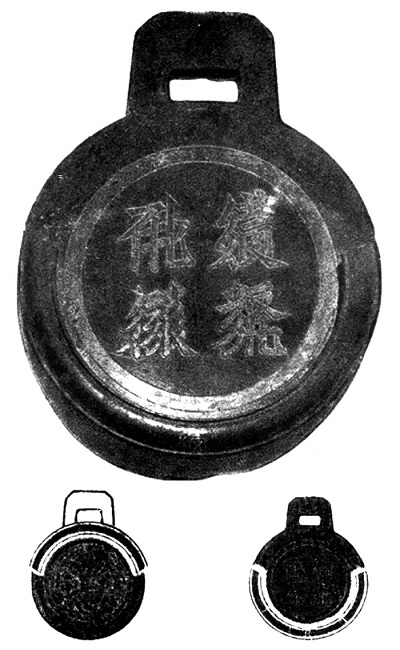
.jpg)
.jpg)
.jpg)
.jpg)
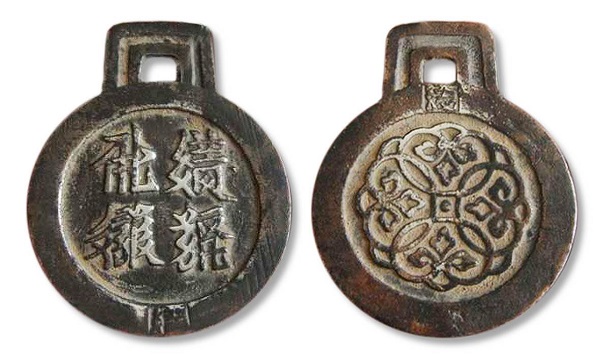

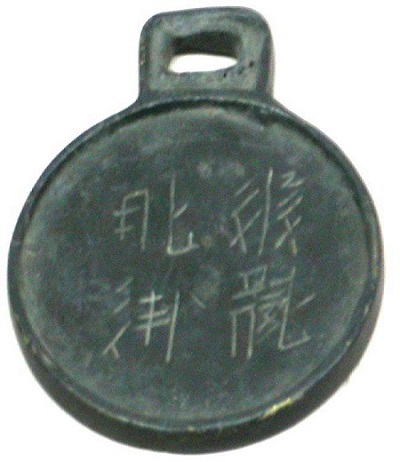
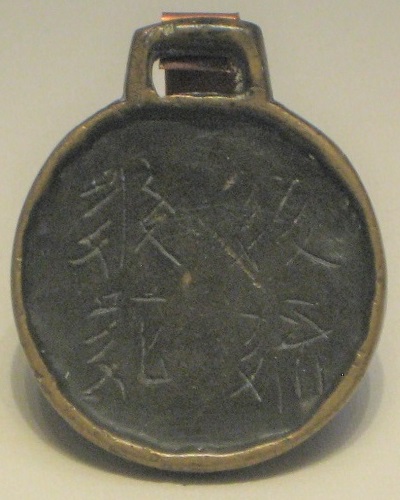
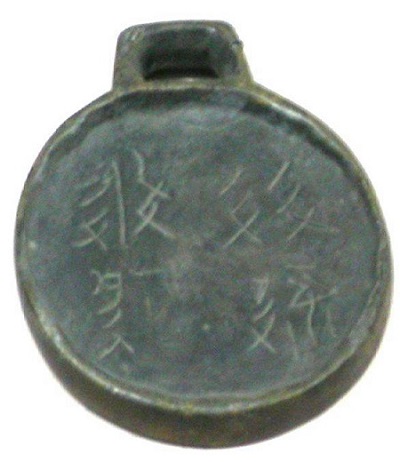
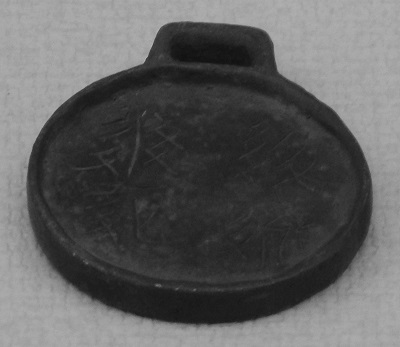
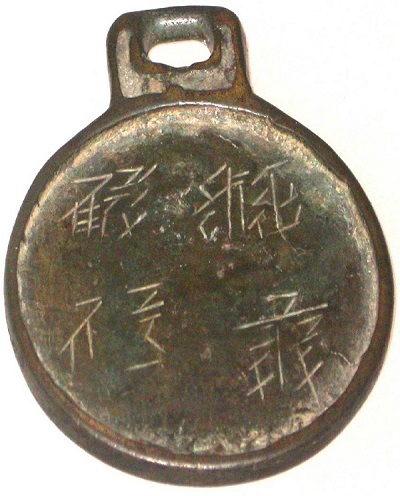
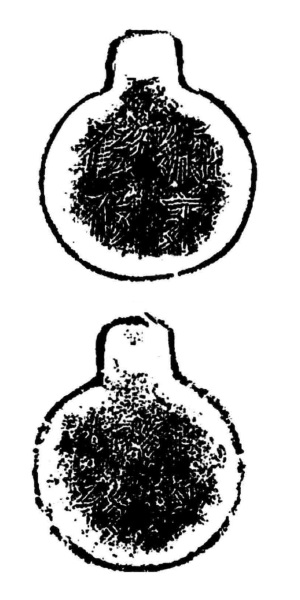


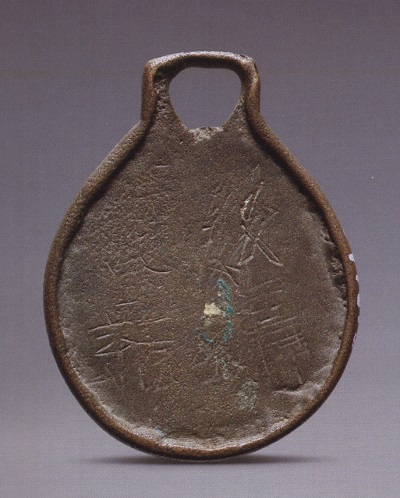


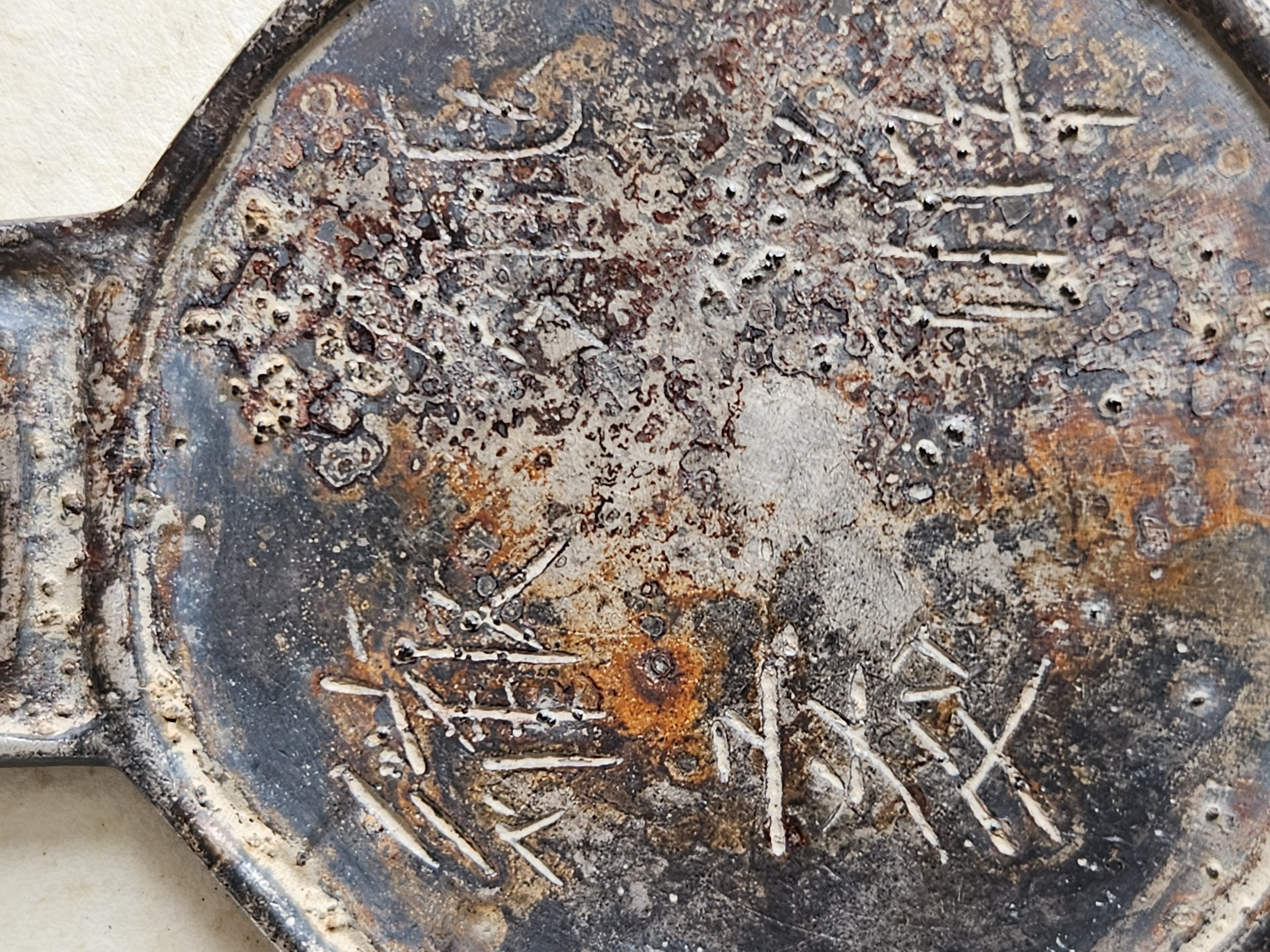

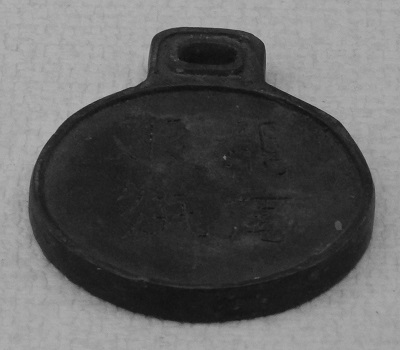
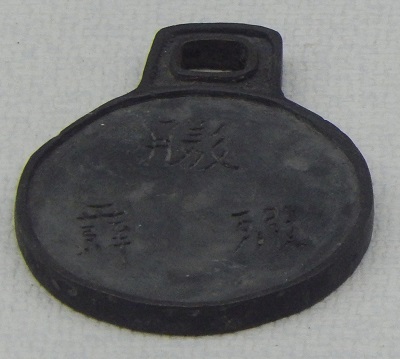

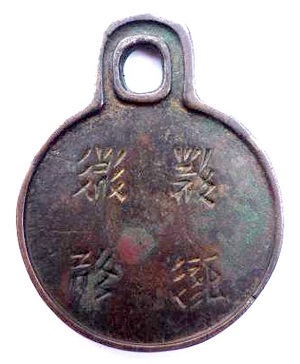
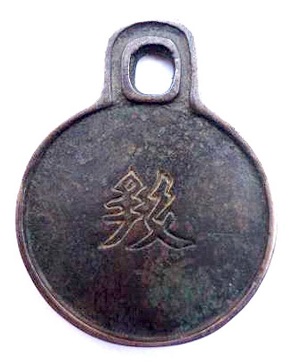
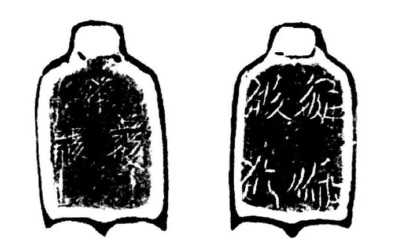

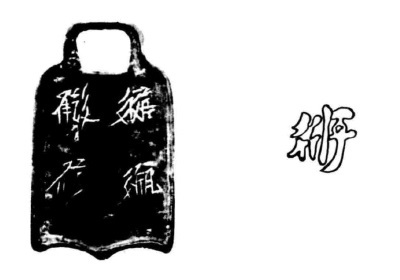


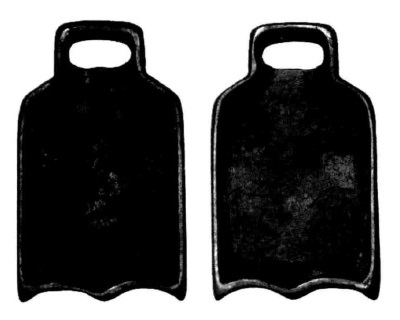


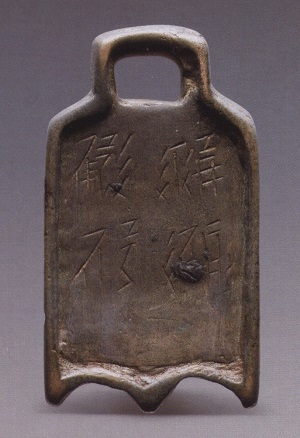
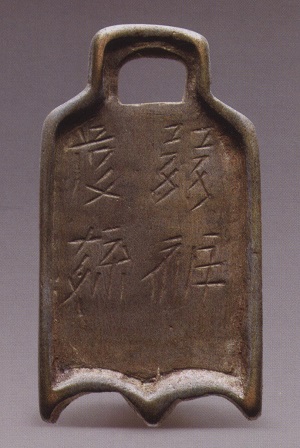
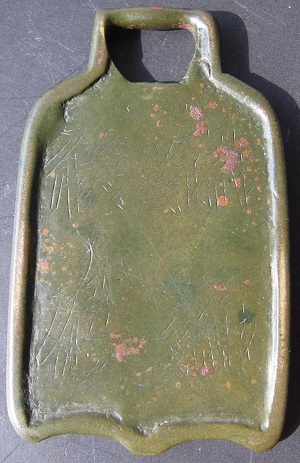
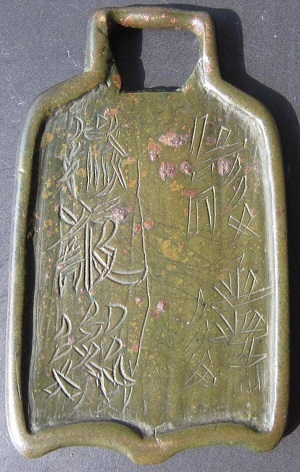

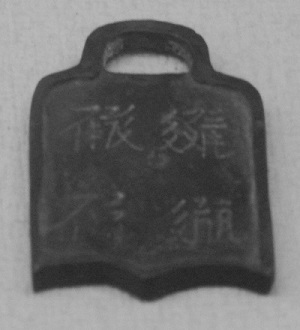
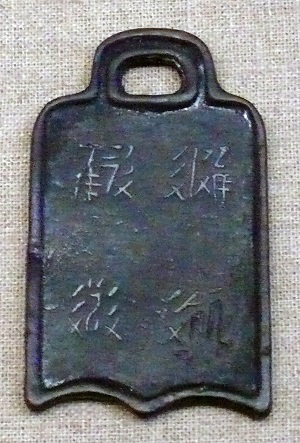




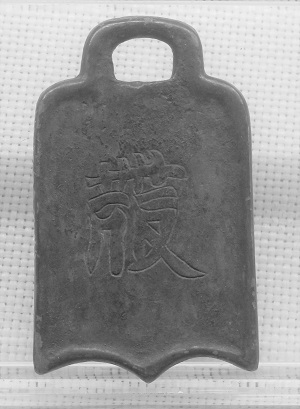
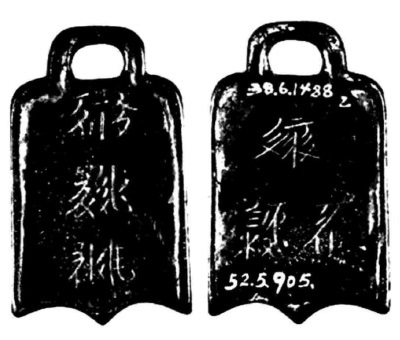
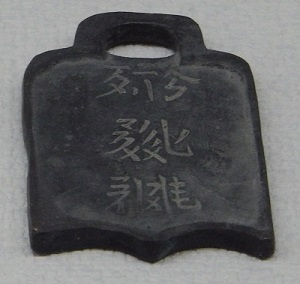
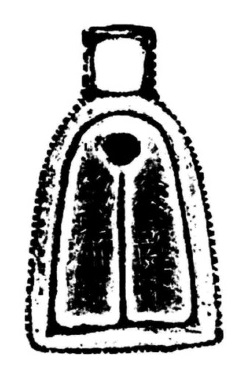


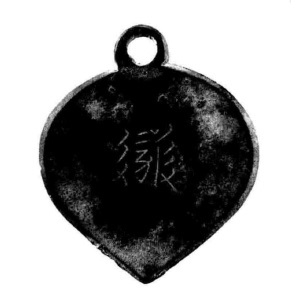
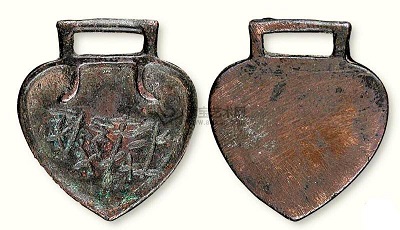
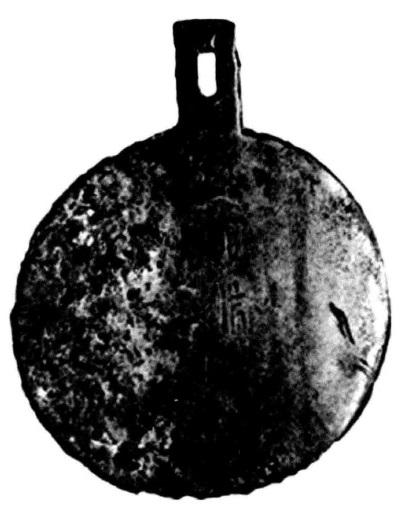
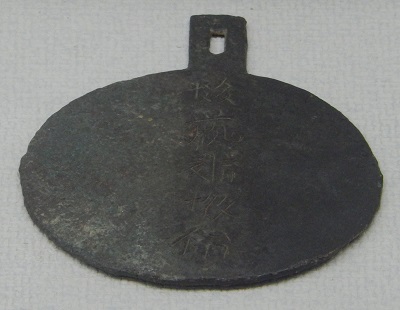
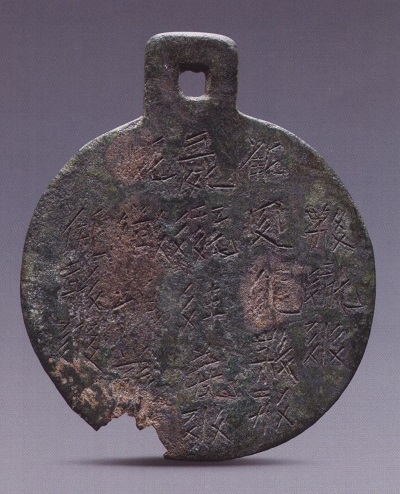

.jpg)
.jpg)
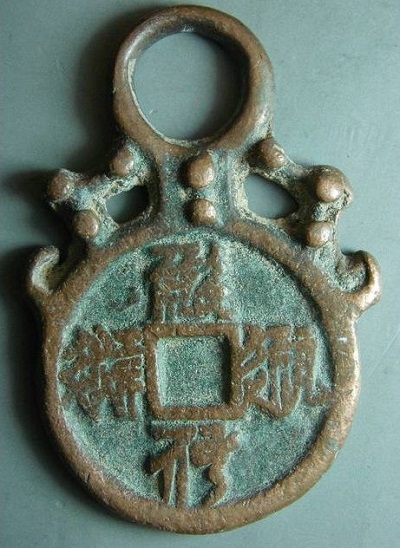
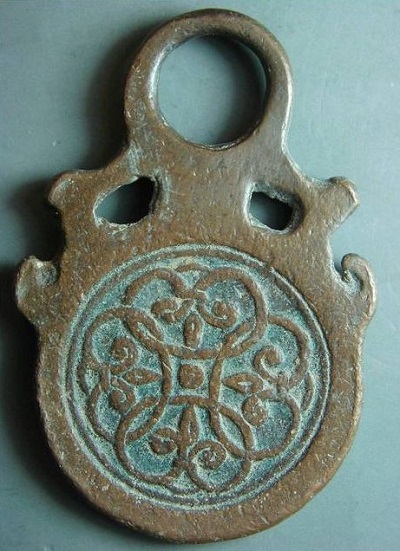
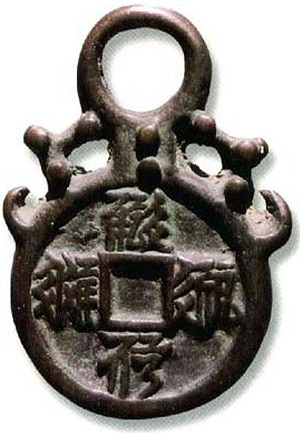
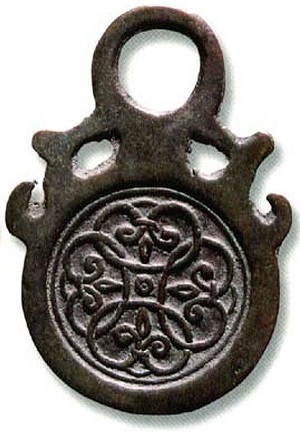
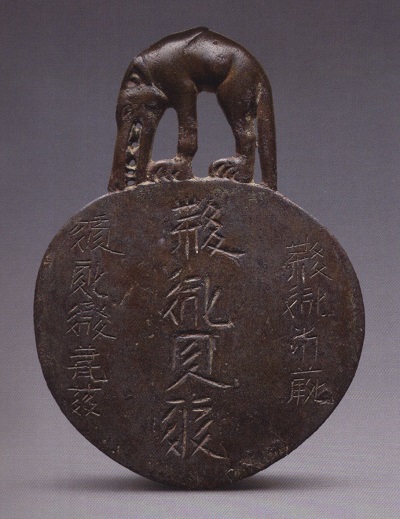
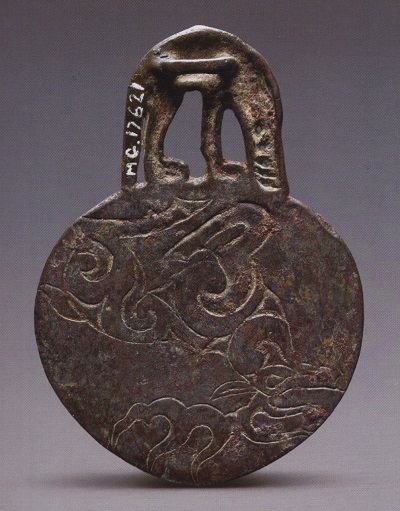
.jpg)
.jpg)
